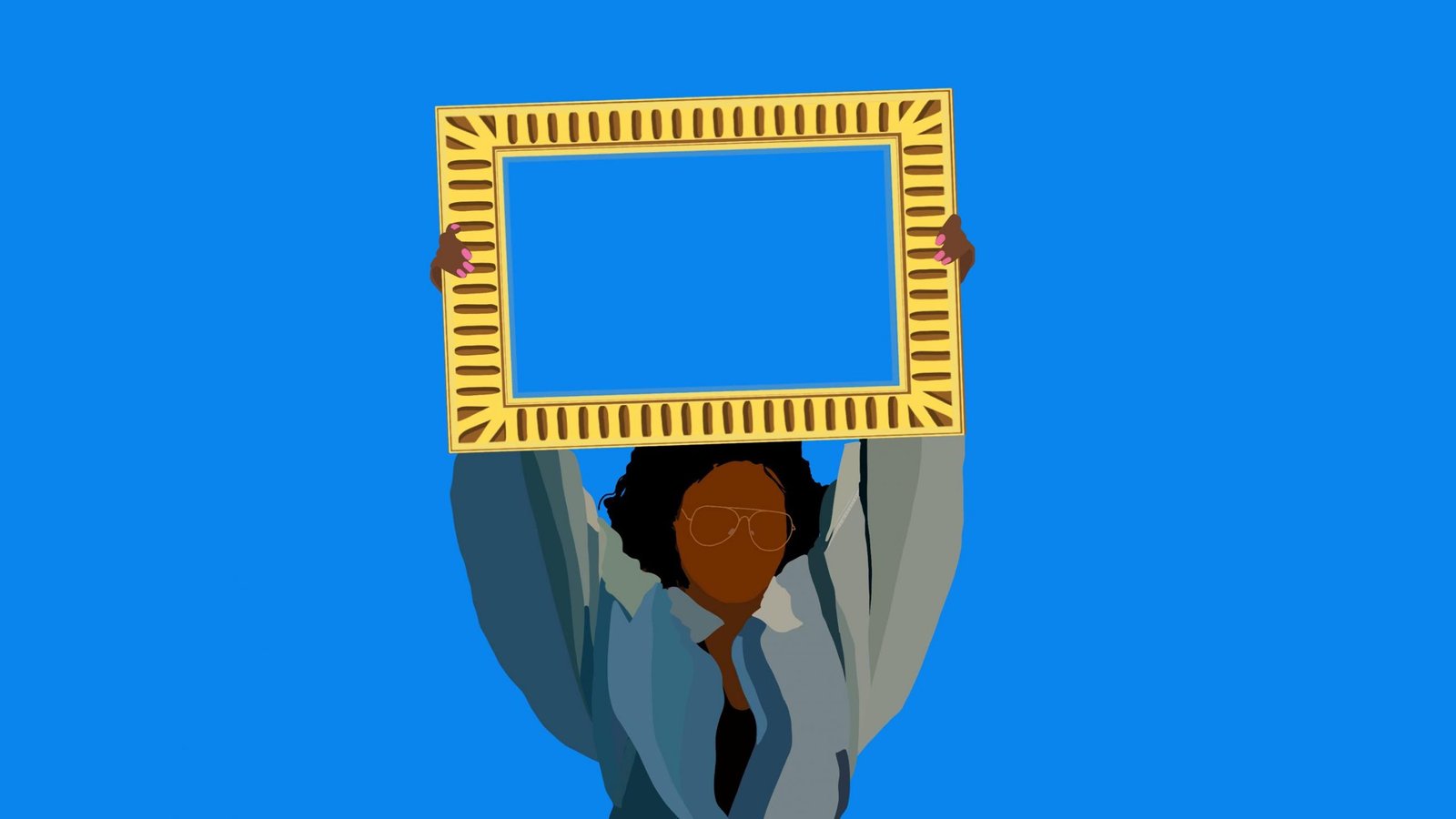The Power of Art in Activism
Art has always been a powerful medium for self-expression and social commentary. Throughout history, artists have used their creativity to shed light on important issues and spark conversations that lead to societal change. In contemporary society, the intersection of art and activism has become increasingly prominent, as artists are using their work to challenge the status quo and advocate for various causes.
Art as a Catalyst for Social Change
Art has the unique ability to transcend language barriers and connect with people on an emotional level. It has the power to evoke empathy, provoke thought, and inspire action. By harnessing this power, artists are able to amplify their messages and bring attention to social, political, and environmental issues.
For example, street art and graffiti have been used as powerful tools of activism in urban environments. Artists create murals and installations that address issues such as inequality, gentrification, and police brutality. These artworks serve as visual reminders of the struggles faced by marginalized communities and challenge the dominant narratives.
Similarly, performance art has been used to challenge societal norms and provoke conversations. Artists like Marina Abramović and Ai Weiwei have pushed boundaries and used their bodies as a medium to address topics such as human rights, freedom of expression, and gender equality.
The Role of Art Institutions and Galleries
Art institutions and galleries play a crucial role in promoting and supporting activist art. They provide a platform for artists to showcase their work, engage with audiences, and foster dialogue. These spaces not only exhibit art that challenges the status quo but also provide educational programs and workshops to encourage critical thinking and civic engagement.
Many art institutions have also recognized the need to diversify their collections and exhibitions to include voices that have historically been marginalized. By showcasing art from different perspectives, these institutions are not only promoting inclusivity but also giving a platform to artists who use their work to advocate for social justice.
Artists as Activists
Artists themselves are often at the forefront of activism, using their platforms to bring attention to important causes. They use their creativity to create awareness, raise funds, and mobilize communities. Through their art, they are able to reach a wider audience and inspire change.
One notable example is the artist and activist, Ai Weiwei. His work has consistently challenged the Chinese government’s policies and human rights abuses. Through his sculptures, installations, and documentaries, Ai Weiwei has become a symbol of resistance and a voice for those who are silenced.
Another example is the artist and musician, Beyoncé. In her visual album “Lemonade,” she addresses themes of race, feminism, and the Black Lives Matter movement. By combining music, visuals, and storytelling, Beyoncé uses her art to empower and inspire her audience.
The Future of Art and Activism
The intersection of art and activism will continue to evolve as society progresses. As issues such as climate change, social inequality, and human rights remain prevalent, artists will use their creativity to shed light on these issues and advocate for change.
With the advent of social media and digital platforms, artists now have even more opportunities to reach a global audience and mobilize communities. Online platforms allow artists to share their work, connect with like-minded individuals, and organize virtual exhibitions and events.
Furthermore, the growing recognition of the importance of diversity and inclusivity in the art world will lead to increased representation of artists from different backgrounds and perspectives. This will further enrich the dialogue and bring attention to issues that have been historically overlooked.
Conclusion
The intersection of art and activism in contemporary society is a powerful force for change. Artists are using their creativity to challenge the status quo, raise awareness, and inspire action. Through various mediums such as street art, performance art, and music, artists are able to connect with audiences on an emotional level and spark conversations that lead to societal change. As society progresses, the role of art in activism will continue to evolve, with artists using digital platforms and promoting diversity to amplify their messages and advocate for a better future.



































